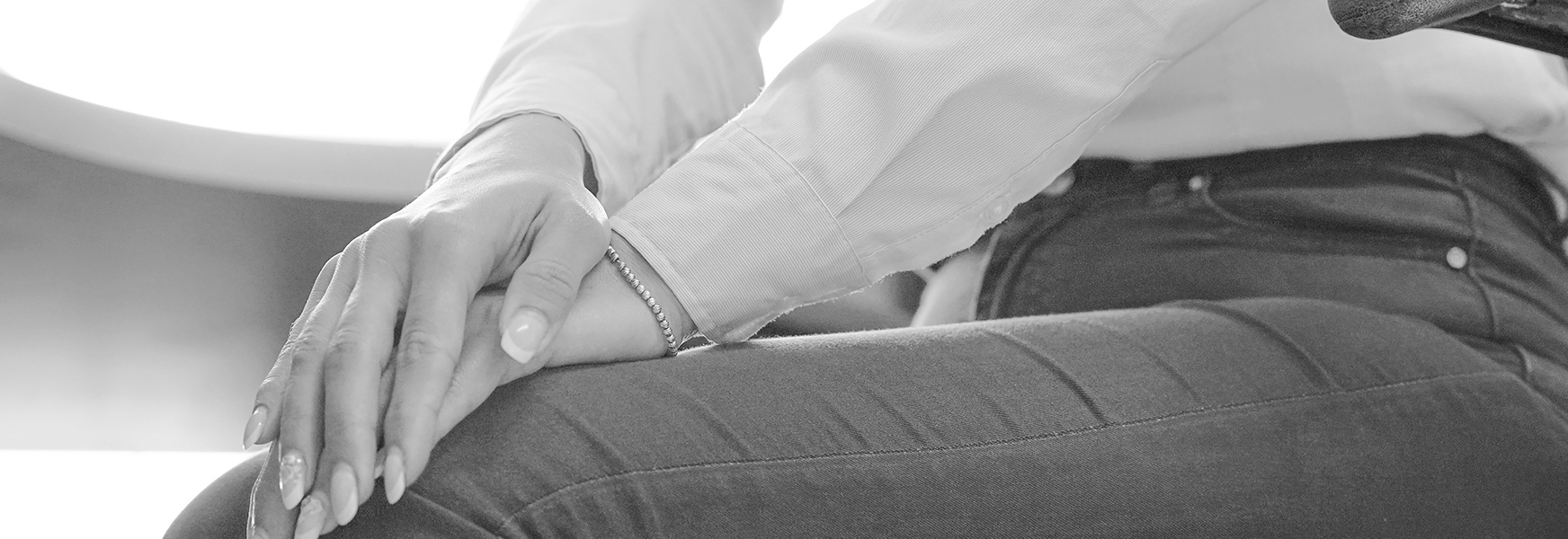Avoiding The Agony From An Aching Knee

Psst! The information that follows is provided on a “kneed”-to-know basis so glance furtively over your shoulder for onlookers as you continue reading. Of all the joints in the human body, the knee happens to be the largest. This hinge-type compound joint allows for a considerable degree of lower leg flexion and, to a lesser extent, extension along with slight medial and lateral rotation of the lower leg in the flexed position. As a major weight-bearing joint, the knee is fairly vulnerable to injury as well as wear and tear disorders such as osteoarthritis.
Without getting too knee-deep in the weeds, common causes of knee pain include the following:
- Inflammation caused by improper lifting of heavy objects. Even though it’s best to lift with the legs with the core muscles engaged, a deep squat can place significant stress on the knees.
- Poor flexibility and muscle weakness that can result from a sedentary lifestyle and a work environment where one typically sits in a chair for most of the workday.
- Starting high-impact fitness routines without warming up.
- Structural knee problems such as ligament damage, torn or worn cartilage, and arthritic changes over time.
- Unsupportive and/or uncomfortable shoes including wearing high heels that tip the load-bearing line forward placing more stress on the quadriceps that can eventually lead to knee pain or back pain. Without a doubt, Mrs. Doubtfire knew this as she walked home in the late evening after a long day on her feet muttering, “If I ever find the misogynistic bastard that invented heels I’ll kill him.”
So, what can be done to maintain healthy knees? Here are some helpful tips that won’t leave you weak in the knees.
- The number one secret for happy, healthy knees is to stay at a healthy weight. A study following overweight and obese older adults with knee osteoarthritis shows “that each pound of weight lost will result in a 4-fold reduction in the load exerted on the knee per step during daily activities.” Maintain a healthy diet and control consumption of soda pop like Nehi Grape to reduce sugar intake.
- Stay off grassy knolls especially when wet with morning dew and choose sidewalks or worn paths instead of cobblestone walkways to reduce strain on the knees and the risk of slipping or tripping.
- Stand up straight and strengthen the core muscles of the abdomen and lower back. Exercises such as planks, back extensions, yoga, and Pilates can help strengthen the core and lessen pressure on the knees.
- Perform stretch exercises regularly that target the calf, hamstring, and quadricep muscles.
- Pad the patella with knee pads or a cushioned garden kneeler to avoid prepatellar bursitis, a condition commonly known as housemaid’s knee, often seen in occupational activities such as carpentry, floor installation, bricklaying, and roofing.
- Wear sensible shoes with a comfortable, orthotic fit and stay off stiletto or platform heels.
Collectively, these suggestions can help you to avoid the agony from an aching knee. Still, it’s nice to know “we have the technology” and, if need be, a knee can be rebuilt/replaced either partially or totally. For a deeper dive into knee injuries, risk factors, and prevention, check out Mayo Clinic’s patient care and health information page on knee pain. And, of course, if you want to be up to your knees in useful ergonomics information, check out these MEMIC Safety Net blogs. Now, that’s the bee’s knees

